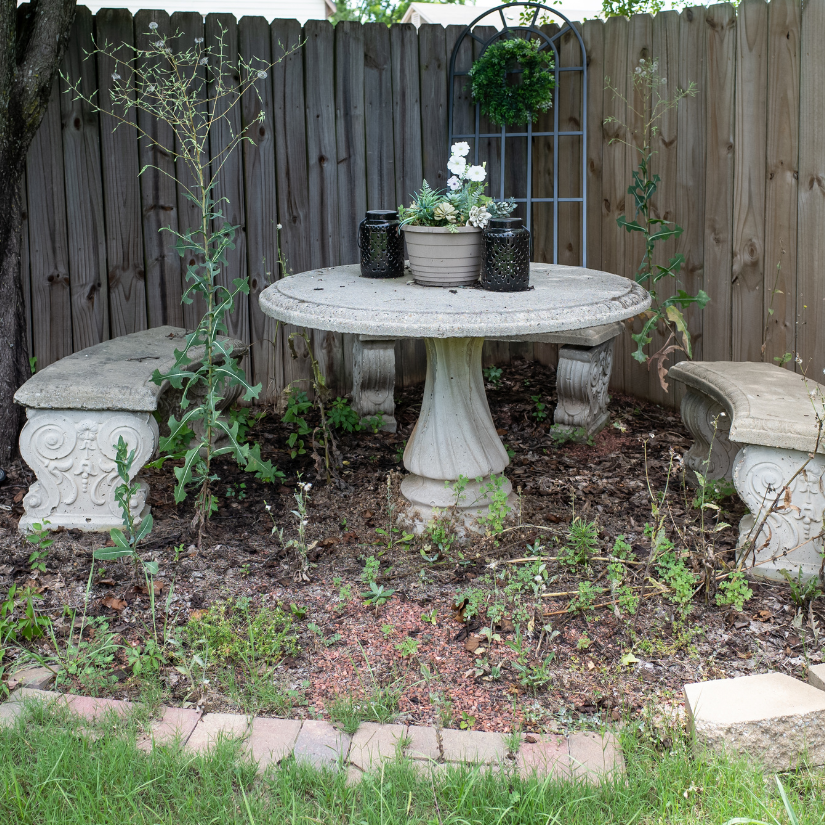
A beautiful lawn is a dream for every homeowner. However, weed growth can hamper the beauty and health of your lawn. Florida’s warm and humid climate is known for its prolific weed growth, causing havoc on lawns. These weeds not only look unsightly but can cause irreversible damage to your green haven. Hence, weed control should become an important aspect of lawn maintenance for every homeowner.
Categories of Florida Weeds
Florida lawns suffer from mostly three types of weeds- Broadleaves, Grasses, Sedges, and rushes.
1. Broadleaves weeds:
These types of weeds form broad, flat leaves with a network of veins. They can grow between turf grass blades, making them prominent in residential lawns. The most common broadleaf weeds for Florida lawns comprise clovers, dandelions, chickweed and Florida pusley.
2. Grass weeds:
This category of weeds looks just like common grass. However, their texture is coarser, and they grow faster and taller than typical turf grass. Like Bermuda grass, they grow in patches amongst the turfs, making it quite challenging to remove them completely. The most common grass weed species found in Florida lawns are Crabgrass, Dallisgrass, Torpedograss and Nutsedge.
3. Sedges and rushes:
Sedges and rushes are grass-like weeds with triangular stems and no discernible flowers. They grow properly in swampy regions rich in organic matter. Sedges and rushes such as Purple or Yellow Nutsedge can be seen in the Florida lawn.
Weed Species to Watch for in Your Florida Lawn
Now, let us look into the appearance of the following specific weed species commonly found in Florida lawns:
1. Clover:
Clover is a fast-growing, broadleaf weed that can fix nitrogen in the soil, resulting in yellowing edges and stunted growth of turfs. Its leaves are bright green and heart-shaped, mostly seen during the fall season.
2. Crabgrass:
Crabgrass is an annual grass weed that germinates in the late spring season. It forms a clumpy mat of light-green grass blades, and the seeds remain dormant for several years, popping up every time the environmental conditions are right.
3. Common Chickweed:
Common Chickweed is a carpet-forming weed with small green leaves and hairline roots. It chokes out the turf underneath, making it quite challenging to remove.
4. Florida Pusley:
Florida Pusley is a low growing weed, forming thick mats and producing tiny white flowers. It is quite adaptable to drought and can thrive in poor soils.
Weed Removal Methods
There are several methods of ridding your lawn of weeds. As in many cases, an ounce of prevention is worth a pound of cure. Here are some of those removal methods:
1. Removal by hand:
Small weed patches can be easily removed by hand, but the process can be time-consuming and tiresome.
2. Mowing to proper height:
Mowing at the right time and height can significantly prevent the weed from growing and spreading. Regular mowing can limit the seed production of the weed.
3. Pre-emergent herbicide:
Pre-emergent herbicides are used to kill weed seeds before they start germinating.
4. Post-emergent herbicide:
Post-emergent herbicides are used to control weeds after they have already sprouted.
Weeds, when left unchecked, can ruin a beautiful Florida lawn. It can be hard to get rid of each type of weed, but with the help of Your Oasis Outdoor Care, you can ensure a beautiful and healthy lawn. Our experts employ regular monitoring of your lawn’s health and growth, using modern techniques that are safe for the environment. Contact Your Oasis Outdoor Care today and ensure weed-free, green lawns all year round.




